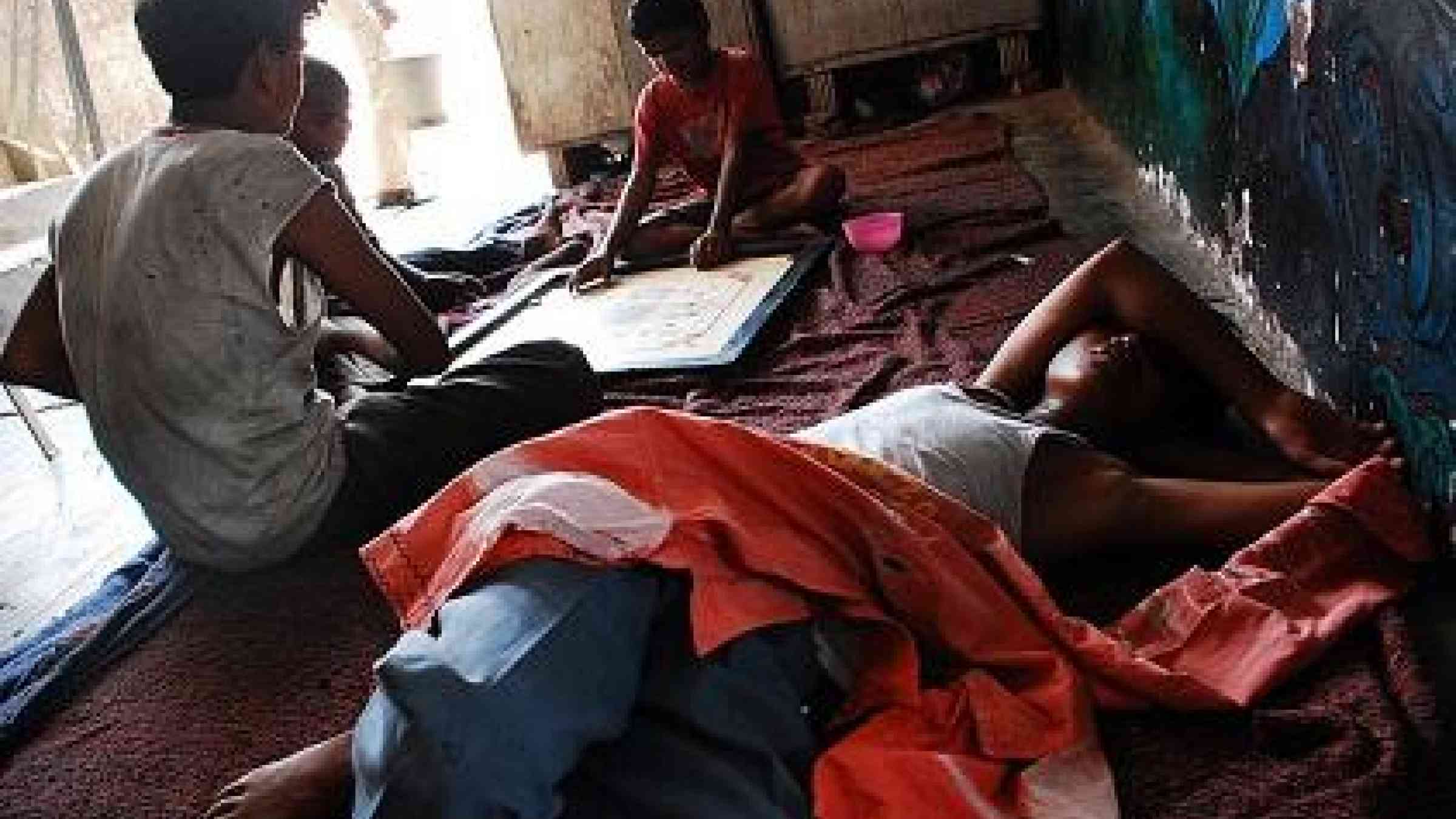India’s heatwave a lesson for Sendai Framework

BANGKOK, 12 June 2015 – India’s deadly heatwave shows that countries need to switch from disaster management to managing the risks, in line with the new Sendai Framework for Disaster Risk Reduction, according to one of the country’s leading experts on development.
“The Sendai Framework for Disaster Risk Reduction cannot be implemented in Asia without addressing the increasing risk of heatwave. Any Regional Implementation Plan for Asia must draw from the Ahmedabad experience. No national landscape of risk can be drawn out in Asia without including heatwave risk,” Mr. Mihir R. Bhatt, Head of the All India Disaster Mitigation Institute.
While the overall is bleak, the northwestern city of Ahmedabad, where Mr. Bhatt’s institute is based, has emerged as a role model for curbing the impact of heatwaves.
More than 2,400 people reportedly have died in India over recent as temperatures soared above 40 degrees Celsius. The real toll is likely to be much higher, given that heat-related illness is often recorded inaccurately and figures from rural areas are hard to obtain. While the true extent of the loss of health, livelihoods, and business is still uncertain, it is clear that the impact could have been reduced.
“Extreme heat events are responsible for more deaths annually than hurricanes, lightning, tornadoes, floods and earthquakes combined. Numerous studies have documented that human-induced climate change has increased the frequency and severity of heat waves across the globe,” Mr. Bhatt claimed on the sidelines of UNISDR’s Asia Partnership meeting in Bangkok.
“The most vulnerable groups are slum dwellers, outside workers, the elderly and the very young. However, there has yet to be further research done on the impacts to street vendors, beggars, traffic police and hawkers. In India a street is also a place of work for millions. As a result, almost all day, and most nights, citizens work on streets of Indian cities and are impacted by heatwaves,” he underlined.
There has been progress, however, in several key areas, he said.
One is the improved accuracy and timeliness of heatwave forecasting over the past four years by the India Meteorological Department. He also cited local-level efforts to curb the impact of heatwaves which, while rare, have proven their effectiveness.
“The Ahmedabad Municipal Corporation health team in Gujarat, India, has worked with Indian Institute of Public Health and Natural Resources Defence Council teams for over three years to make India’s first heatwave action plan, which is also rare for Asia,” said Mr. Bhatt.
“The plan lays out actions that the citizens, the public and private institution, and the enabling policy makers can take to reduce the negative impact of heatwaves on citizens. The plan has performed over the years and reduced the impact. Last year fewer citizens died due to heatwave in Ahmedabad and even less suffered health issues. Drinking more water, standing under shade, are some of the key actions. But do our cities offer such facilities to common citizens?”
Ahmedabad’s Heat Action Plan is exactly the kind of measure called for in the Sendai Framework, a 15-year global roadmap agreed by UN member states at the World Conference on Disaster Risk Reduction in Japan in March. Addressing the health impacts of natural hazards is a key part of the framework.
The Indian Institute of Public Health and the Natural Resources Defence Council are working hand in hand to spread Ahmedabad’s methods to other cities. Not only because of the heatwave – such efforts also help to improve public health more broadly.
“For example, ambulance services are now located strategically in places where many calls for help are issued. Hospitals receive warnings when extreme temperatures are forecast and now have extra ice packs on hand, and drinking water stations and awareness-building materials are distributed throughout Ahmedabad. The tradition of parabadi, or public drinking water facility, is being revived,” said Mr. Bhatt.
The Ahmedabad strategy is four-pronged, starting with public information campaigns about the risks of heat illness and preventive measures. This year, the city has deployed new media such as mobile messaging and WhatsApp alongside more traditional means such as wall posters and inter-personal communication.
Secondly, a warning system maps out what actions various government agencies should take. The third step involves training healthcare workers to respond better to heat illness. The fourth is about adapting the physical plan of the city to cope: mapping high-risk areas, making potable water easily accessible and building temporary cooling spaces during periods of extreme heat.
“A disaster is also a creative moment in the life of a nation,” Mr. Bhatt underlined. “How to turn this ongoing and increasing loss of life and livelihoods into the world’s largest national strategy for heatwave preparedness that not only protects citizen from the impact of heat but in fact reduces the impact itself?”